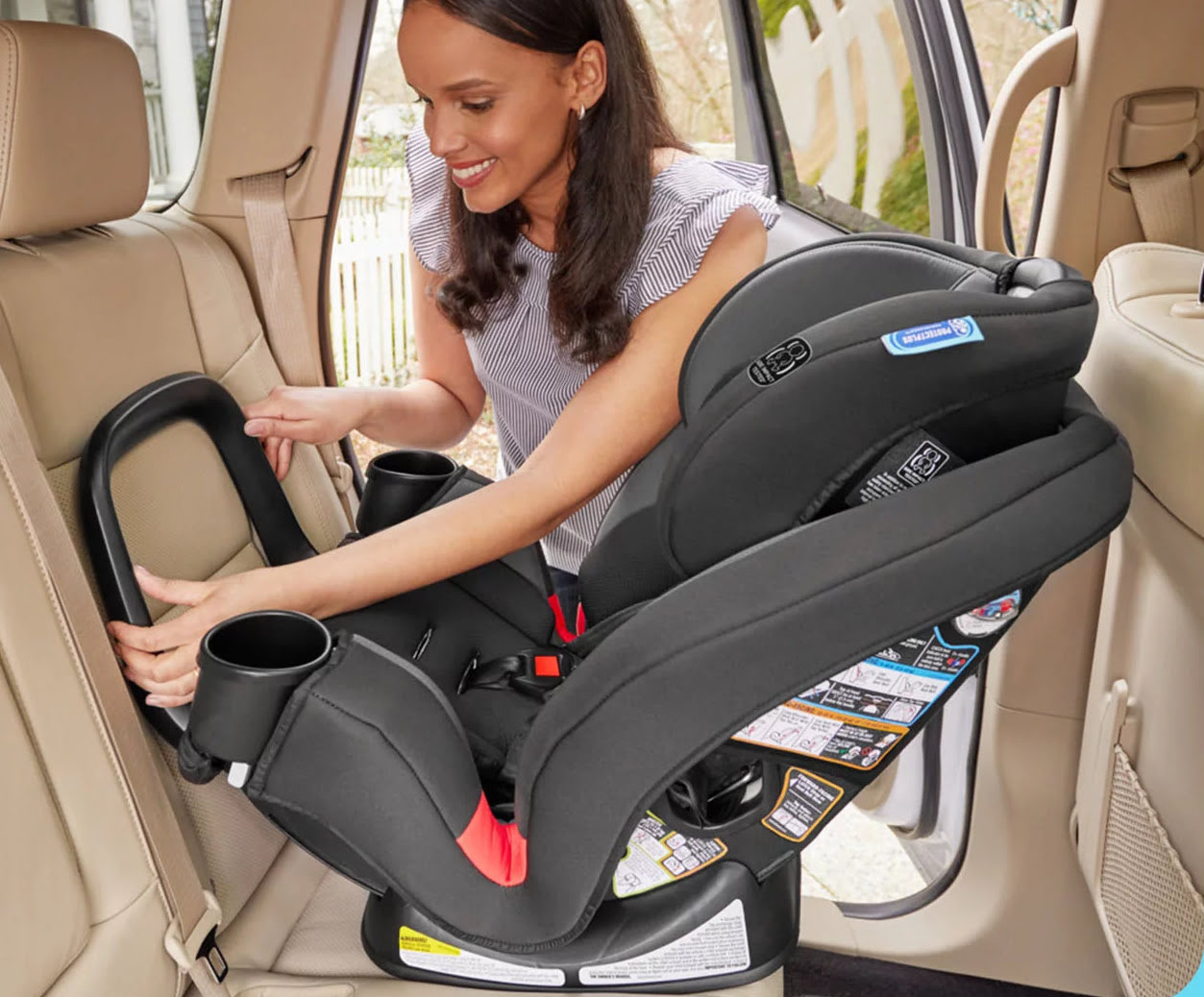

Articles
How To Store Car Seats
Modified: August 31, 2024
Discover the best articles on how to properly store car seats. Get expert tips and advice on keeping your car seats safe and in top condition when not in use.
(Many of the links in this article redirect to a specific reviewed product. Your purchase of these products through affiliate links helps to generate commission for Storables.com, at no extra cost. Learn more)
Introduction
When it comes to the safety of our children, car seats play a crucial role. They provide protection and security while traveling, ensuring that our little ones are safe on the road. However, there may be times when you need to store a car seat temporarily, such as during a family vacation or when your child outgrows the seat.
Properly storing car seats is essential to maintain their integrity and ensure they can continue to provide maximum safety when they are used again. In this article, we will discuss the importance of storing car seats correctly and provide you with a comprehensive guide on how to do so.
Key Takeaways:
- Properly storing car seats is crucial for maintaining their safety, integrity, and longevity. Follow manufacturer’s guidelines, choose a suitable storage location, and conduct regular maintenance to ensure optimal protection for your child.
- In the event of a product recall, take immediate action by checking for recalls, contacting the manufacturer, and following their instructions. Prioritize your child’s safety by addressing any recalls related to your stored car seat promptly and responsibly.
Read more: How To Store Infant Car Seat
Importance of Properly Storing Car Seats
Properly storing car seats is vital for several reasons. First and foremost, it helps to preserve the integrity and functionality of the seat. Car seats are designed to withstand the impact of a collision and protect your child from injury. When stored incorrectly, they may be subject to damage or wear and tear, compromising their ability to provide optimal protection in the event of an accident.
Additionally, storing car seats properly ensures that they remain clean and free from dirt, dust, and other contaminants. This is especially important if the seat is going to be stored for an extended period. Dirt and grime can degrade the materials of the seat and potentially harbor bacteria or allergens, posing a health risk to your child.
Furthermore, storing car seats correctly helps to preserve the warranty. Many car seat manufacturers have specific guidelines for storage to ensure warranty coverage. If a seat is stored improperly and then used, any warranty claims may be denied, leaving you with a potentially unsafe seat and additional financial burden.
Lastly, by storing car seats properly, you can also extend their lifespan. Car seats can be expensive investments, so making them last as long as possible is beneficial for your wallet. Proper storage practices can prevent unnecessary damage and help the seat remain in good condition for future use or hand-me-downs.
Now that we understand the importance of storing car seats correctly, let’s delve into the steps you need to take to ensure proper storage.
Choosing the Right Storage Location
When it comes to storing car seats, selecting the appropriate location is crucial. Here are some factors to consider when choosing the right storage spot:
- Indoor vs. Outdoor: It is always recommended to store car seats indoors rather than outdoors. Exposure to harsh weather conditions, such as extreme heat, cold, or rain, can damage the materials and compromise the seat’s safety.
- Temperature and Humidity: Look for a storage location with a moderate temperature and humidity level. Extreme temperatures can cause the plastic and fabric of car seats to deteriorate, while high humidity can promote the growth of mold and mildew.
- Clean and Dust-free Environment: Choose a storage area that is clean and free from dust, dirt, and other debris. Avoid storing car seats in areas where they may be exposed to excessive dust or potential contaminants.
- Away from Direct Sunlight: Sunlight can fade and weaken the materials of the car seat. Avoid storing car seats in areas where they will be exposed to direct sunlight for extended periods.
- Secure and Accessible: Ensure that the storage location is secure, preventing any potential damage or theft. At the same time, make sure the area is easily accessible when you need to retrieve the car seat.
Some suitable storage locations may include a spare room, closet, or garage. If you don’t have enough space indoors, consider using a storage unit specifically designed for storing sensitive items to ensure optimal conditions for your car seat.
By considering these factors and selecting the right storage location, you can help maintain the integrity of the car seat and ensure its readiness for future use.
Cleaning and Preparing the Car Seat for Storage
Before storing a car seat, it’s important to clean and prepare it properly. Here’s a step-by-step process to follow:
- Read the Manual: Start by reading the manufacturer’s manual for specific instructions on how to clean and prepare your particular car seat model.
- Remove the Cover: Carefully remove the cover from the car seat. Most car seat covers are machine washable, but double-check the manual to ensure you wash it correctly. Follow the recommended washing instructions, typically using a mild detergent and gentle cycle. Avoid using bleach or harsh chemicals, as they can damage the fabric and compromise the seat’s safety.
- Spot Clean Any Stains: If there are any stains on the car seat that cannot be removed by machine washing, use a mild soap or upholstery cleaner to spot clean them. Make sure to thoroughly rinse and remove any cleaning products to prevent residue buildup.
- Clean the Harness and Buckles: Remove the harness and buckle system from the car seat. Use a damp cloth or sponge with mild soap to clean them. Rinse and allow them to air dry completely before reassembling them back onto the seat.
- Inspect for Damage: While cleaning, carefully inspect the car seat for any signs of damage, such as frayed straps, broken clips, or loose parts. If you notice any issues, contact the manufacturer for guidance on repairs or replacement parts.
- Reassemble the Seat: Once the cover and harness are clean and dry, reassemble the car seat according to the manufacturer’s instructions. Double-check that the straps are properly adjusted and secure.
By properly cleaning and preparing the car seat for storage, you can ensure that it is in optimal condition and ready for future use. A clean and well-maintained car seat will also be more pleasant to use for your child when you retrieve it from storage.
Disassembling and Packing the Car Seat
Once you have cleaned and prepared your car seat for storage, it’s time to disassemble and pack it properly. Follow these steps to ensure you pack your car seat correctly:
- Refer to the Manual: Consult the manufacturer’s manual for specific instructions on how to disassemble your car seat. Each car seat model may have different disassembly steps.
- Remove Adjustable Parts: Start by removing any adjustable parts, such as headrests, harness systems, or cup holders. Keep them together and store them in a labeled bag to prevent them from getting lost.
- Fold Down the Frame (If Applicable): Some car seats have a collapsible or foldable frame for easy storage. If your car seat has this feature, make sure you properly fold down the frame according to the manufacturer’s instructions.
- Secure Loose Parts: If there are any loose parts, such as buckles, latch connectors, or padding, make sure they are securely attached to the car seat or stored in a bag or container labeled for the car seat.
- Find Suitable Packaging: Choose an appropriate storage container or bag for your car seat. Look for a container that is sturdy and will provide enough protection during storage. If using a bag, ensure it is made of durable materials that will keep out dust and dirt.
- Place the Car Seat in the Packaging: Carefully place the disassembled car seat into the chosen packaging. Make sure it fits snugly and securely to prevent any shifting during storage.
- Label the Packaging: Label the packaging with the car seat’s name or model number for easy identification when you need to retrieve it from storage. This will help you avoid confusion if you have multiple car seats or stored items.
Remember to handle the car seat with care during the disassembly and packing process. Avoid dropping or forcefully handling the seat to prevent any damage.
By disassembling and packing your car seat correctly, you can ensure that all the components are kept together and protected during storage, making it easier for you to reassemble the seat when you need it again.
When storing car seats, it’s best to keep them in a cool, dry place to prevent mold and mildew. Avoid storing them in direct sunlight or extreme temperatures to maintain the integrity of the materials.
Read more: How To Turn A Car Seat Into A Booster Seat
Storing the Car Seat in a Dry and Safe Place
Choosing the right storage location is crucial, but it’s equally important to ensure that the storage area is dry and safe. Here are some guidelines to follow when storing your car seat:
- Avoid Damp Areas: Moisture can cause mold, mildew, and rust, which can compromise the effectiveness and safety of your car seat. Avoid storing the seat in areas prone to dampness, such as basements or areas with water leaks.
- Utilize Moisture Absorbers: To further protect your car seat from moisture, consider using moisture absorbers like silica gel packets or desiccant packs. Place them in the storage container or bag to help absorb excess moisture.
- Keep Away from Chemicals: Store the car seat away from any chemicals or cleaning agents that could potentially damage the seat. Exposure to harsh chemicals can degrade the materials and compromise the seat’s safety features.
- Avoid Sharp Objects: Ensure that there are no sharp objects or edges near the car seat during storage. Sharp edges can puncture or damage the seat’s fabric or plastic, rendering it unsafe for future use.
- Protect from Pests: Take measures to protect your car seat from pests such as insects or rodents. Placing pest deterrents, such as mothballs or rodent traps, around the storage area may help prevent infestations.
- Store in an Upright Position: Storing the car seat in an upright position will help maintain its shape and prevent any distortion or damage. Avoid stacking heavy items on top of the seat, as this can also cause deformation.
- Consider Climate-Controlled Storage: If you live in an area with extreme temperature or humidity fluctuations, consider using a climate-controlled storage unit to provide a stable and controlled environment for the car seat.
By storing your car seat in a dry and safe place, you can prevent damage caused by moisture, chemicals, pests, or accidental mishaps. This ensures that your car seat remains in optimal condition and ready for use when you need it.
Regular Maintenance and Inspections
Even while your car seat is in storage, it’s essential to perform regular maintenance and inspections to ensure its continued safety and effectiveness. Here are some maintenance tasks you should schedule:
- Check for Damage: Periodically inspect the stored car seat for any signs of damage, such as cracks, tears, or loose parts. If you notice any issues, contact the manufacturer for guidance on repairs or replacement parts.
- Inspect the Straps and Buckles: Check the integrity of the straps and buckles periodically. Make sure they are not frayed, worn, or damaged. Verify that the buckle latches properly and securely.
- Test the Adjustment Mechanisms: Ensure that all adjustment mechanisms, such as headrests or harness height adjustments, are in good working condition. Test them to ensure they function correctly and securely lock into place.
- Check for Expiration: Car seats have an expiration date, usually printed on a label or engraved on the plastic shell. Regularly check the expiration date to ensure that the car seat is still within its safe usability period.
- Clean and Sanitize: If you store the car seat for an extended period, consider giving it a thorough cleaning and sanitizing before use. Follow the manufacturer’s cleaning instructions or consult a professional car seat cleaner for the best approach.
- Stay Informed About Recalls: Stay updated on any recalls or safety notifications related to your car seat. Register the seat with the manufacturer to receive recall notifications. If a recall is issued, follow the manufacturer’s instructions for necessary repairs or replacements.
By performing regular maintenance and inspections, you can ensure that your stored car seat remains in good condition and continues to provide maximum safety for your child. Taking the time to address any issues or concerns promptly will help maintain the integrity and effectiveness of the car seat.
Recalling Stored Car Seats
In the event that you have stored a car seat and a product recall is announced, it is important to take immediate action to address the issue. Here are the steps to follow if your stored car seat is recalled:
- Check for Recalls: Regularly check the manufacturer’s website, consumer product safety websites, or news outlets for any recalls related to your specific car seat model or brand. Ensure that you have the necessary information, such as the model number or manufacture date, to determine if your car seat is affected.
- Contact the Manufacturer: If you discover that your stored car seat is subject to a recall, contact the manufacturer or the designated customer service line immediately. Provide them with the necessary information and follow their instructions regarding the recall process.
- Follow Recall Instructions: The manufacturer will provide specific instructions on how to address the recall, which may include repairs, replacements, or refunds. Follow their instructions carefully to ensure the safety of your child and compliance with the recall.
- Do Not Use the Recalled Car Seat: While awaiting the necessary repairs or replacement, it is crucial to refrain from using the recalled car seat. Use an alternative, safe car seat while waiting for the issue to be resolved.
- Dispose of Recalled Car Seats Properly: If the manufacturer instructs you to dispose of the recalled car seat, do so according to their guidelines or local regulations. Properly dispose of the seat to prevent someone else from using an unsafe product.
- Update Your Records: Keep a record of the recall notification and any actions you have taken. This documentation can be valuable for future reference or for proving compliance with the recall if needed.
- Stay Informed: Continuously stay informed about any updates or additional information regarding the recall. Manufacturers may provide updates or further instructions as the recall progresses.
Recalls can happen even to stored items, so it is important to actively monitor and address any recalls related to your car seat. Taking immediate action in response to a recall ensures that you are prioritizing your child’s safety and following the manufacturer’s recommendations.
Conclusion
Properly storing car seats is essential for maintaining their safety, integrity, and effectiveness. By following the guidelines outlined in this article, you can ensure that your stored car seat remains in optimal condition and ready for use when needed.
Remember to choose a suitable storage location that is dry, safe, and free from extreme temperatures and humidity. Clean and prepare the car seat meticulously, adhering to the manufacturer’s instructions, to remove any dirt or contaminants. Disassemble and pack the car seat carefully, keeping all parts together and utilizing appropriate packaging.
Store the car seat in an upright position, away from sharp objects, chemicals, and pests. Conduct regular maintenance and inspections to check for damage, ensure functionality, and stay aware of any recalls or safety notifications.
In the event of a recall, take immediate action by checking for recalls, contacting the manufacturer, and following their instructions for repairs, replacements, or refunds. Dispose of a recalled car seat according to the manufacturer’s guidelines or local regulations.
Properly storing car seats is not only essential for their longevity but also for the safety of your child. By taking the time to store and maintain your car seat correctly, you can have peace of mind knowing that it will provide maximum protection when it’s time to use it again.
Always refer to the manufacturer’s instructions and guidelines for your specific car seat model and consult with professionals for any uncertainties or concerns. By prioritizing the proper storage of car seats, you are ensuring the safety and well-being of your child on the road.
Frequently Asked Questions about How To Store Car Seats
Was this page helpful?
At Storables.com, we guarantee accurate and reliable information. Our content, validated by Expert Board Contributors, is crafted following stringent Editorial Policies. We're committed to providing you with well-researched, expert-backed insights for all your informational needs.
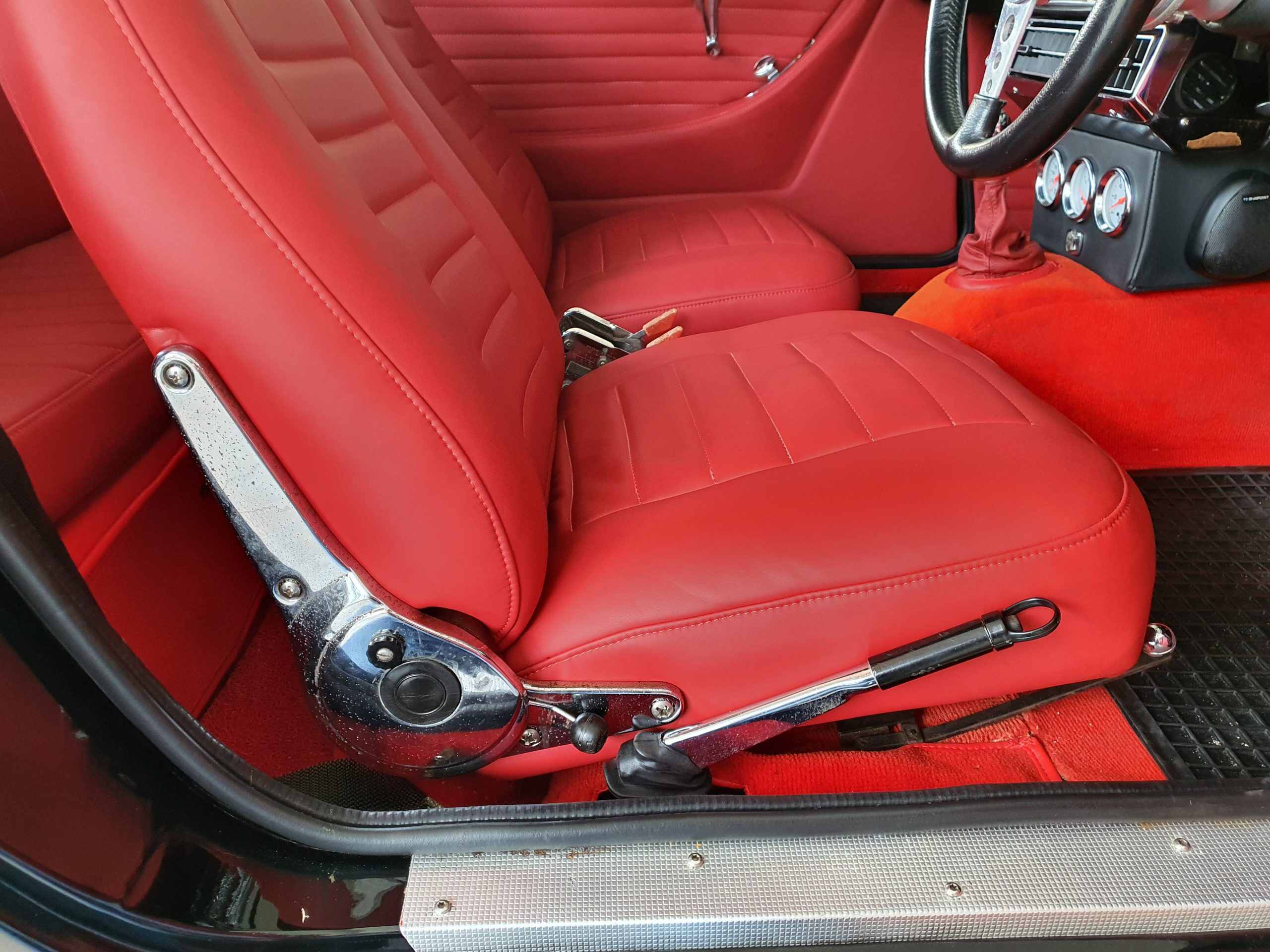
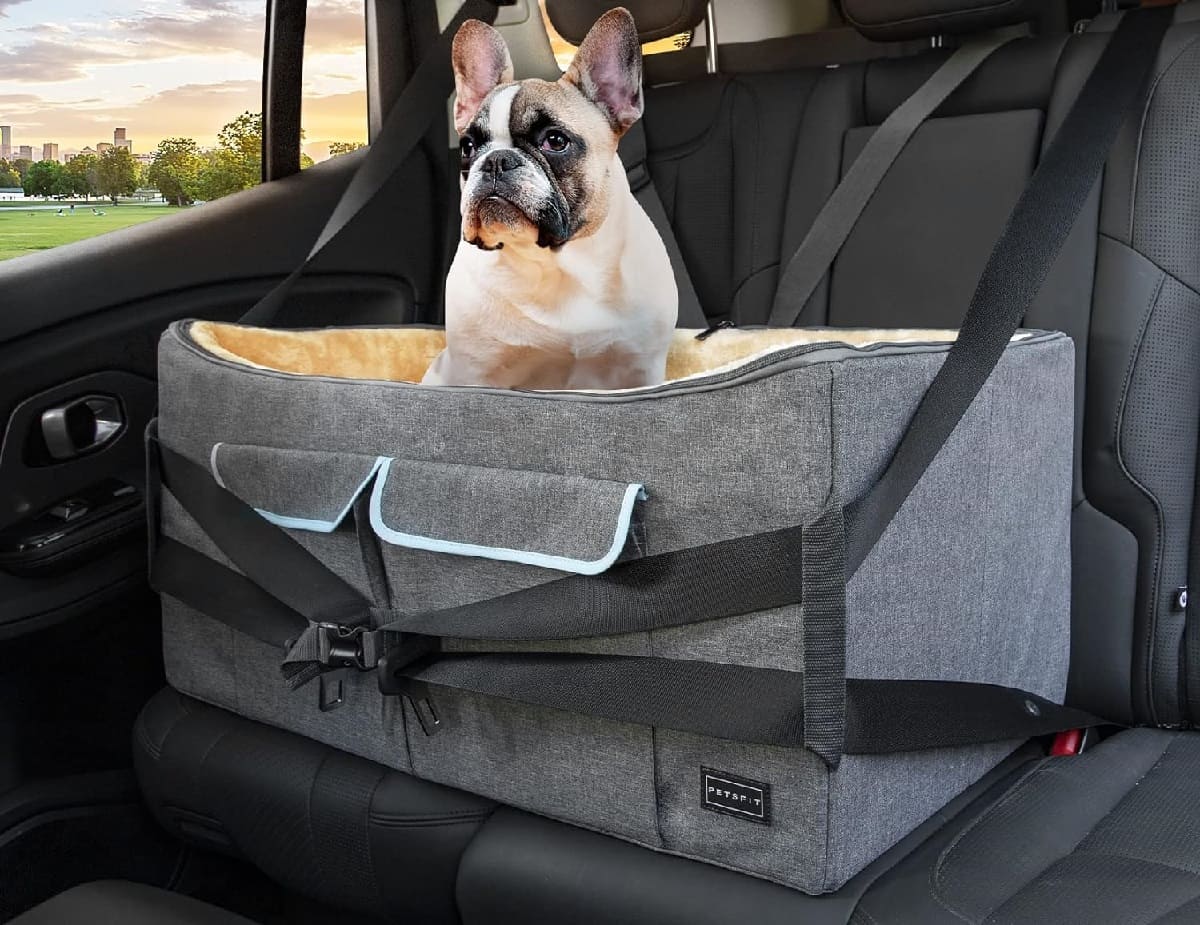
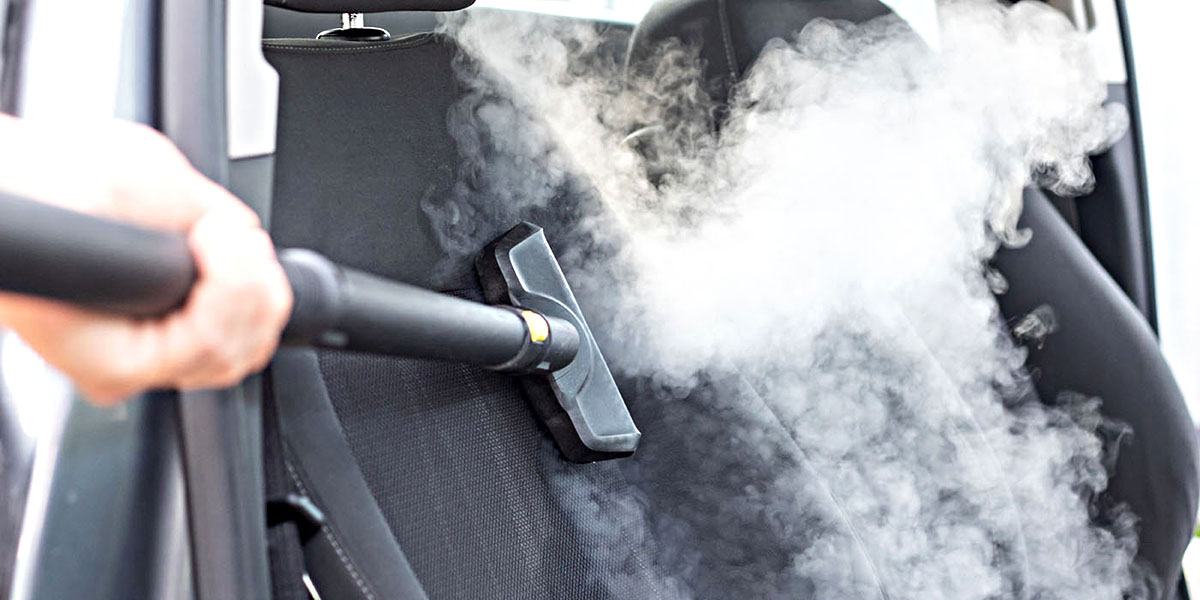
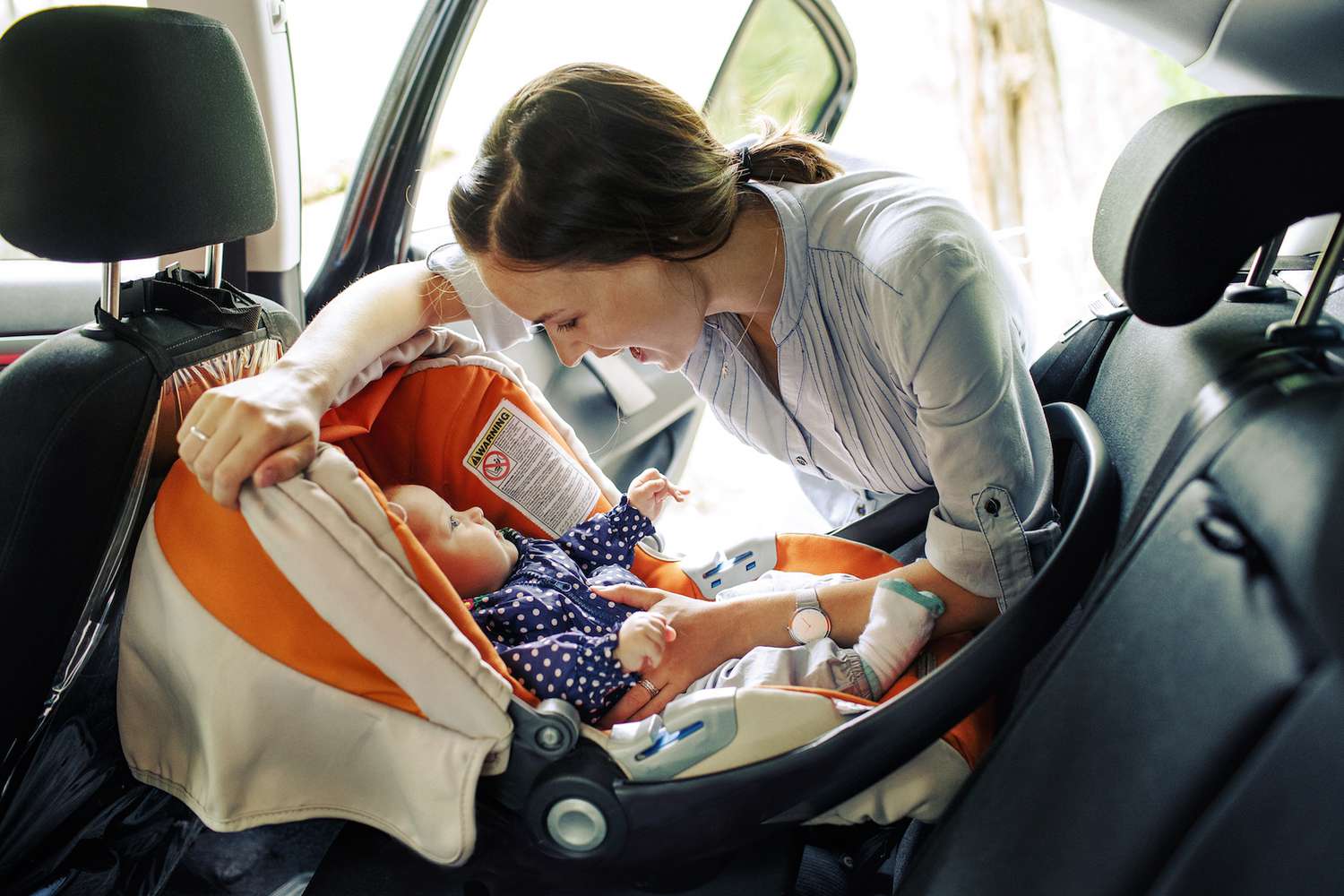

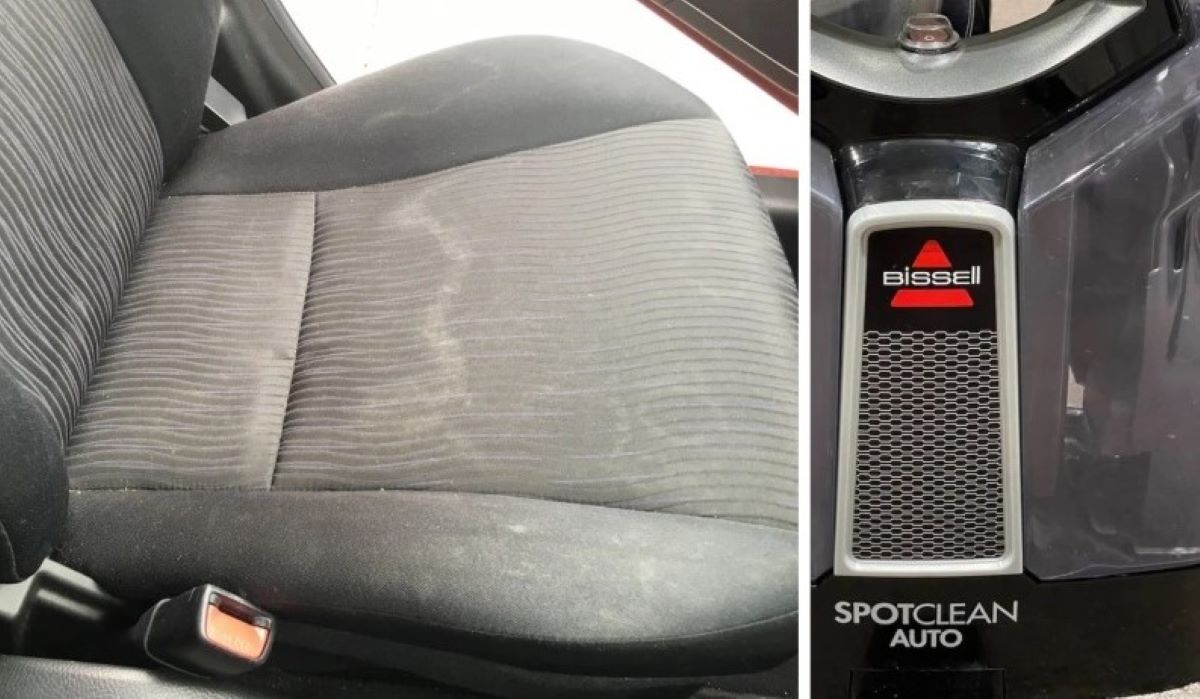

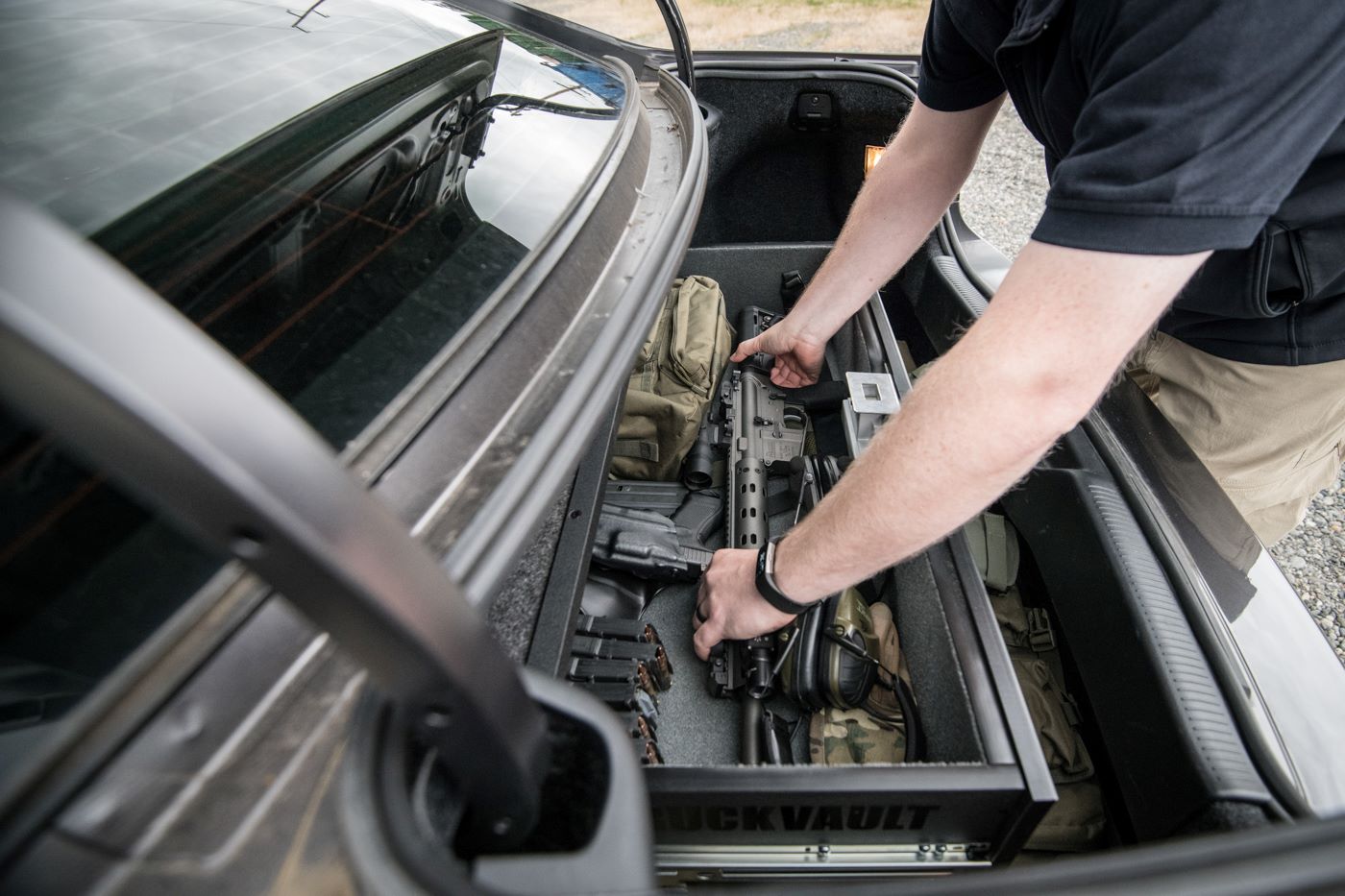
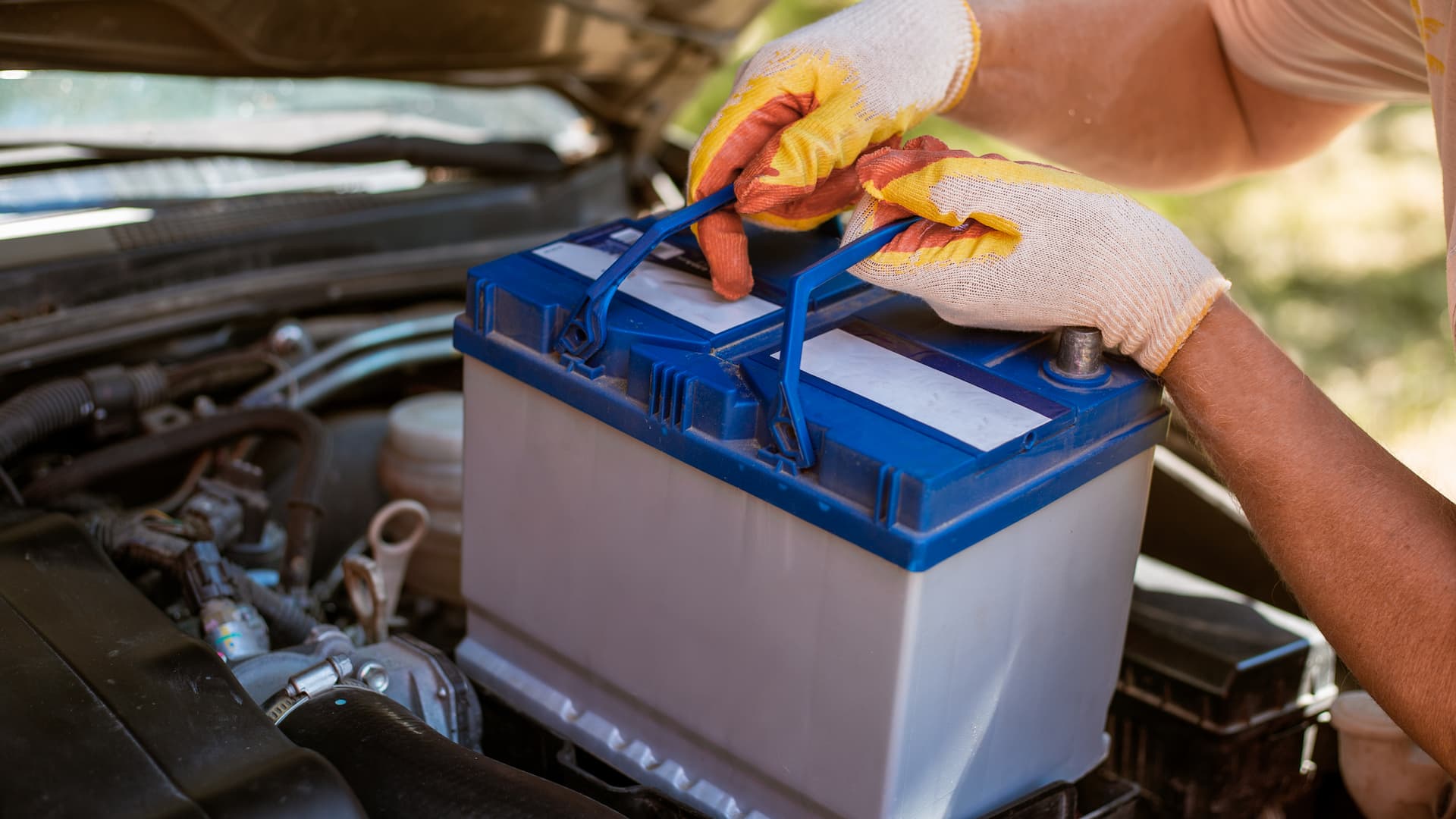

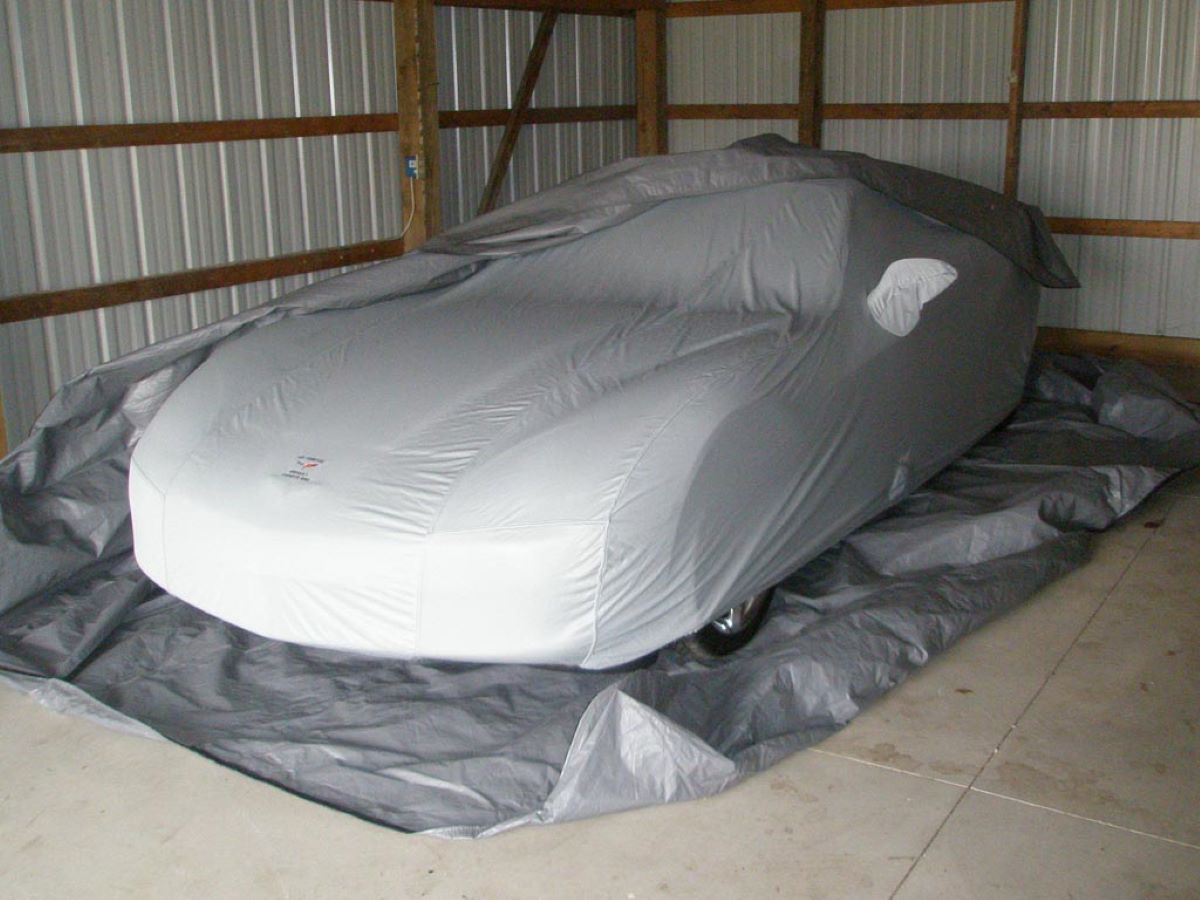
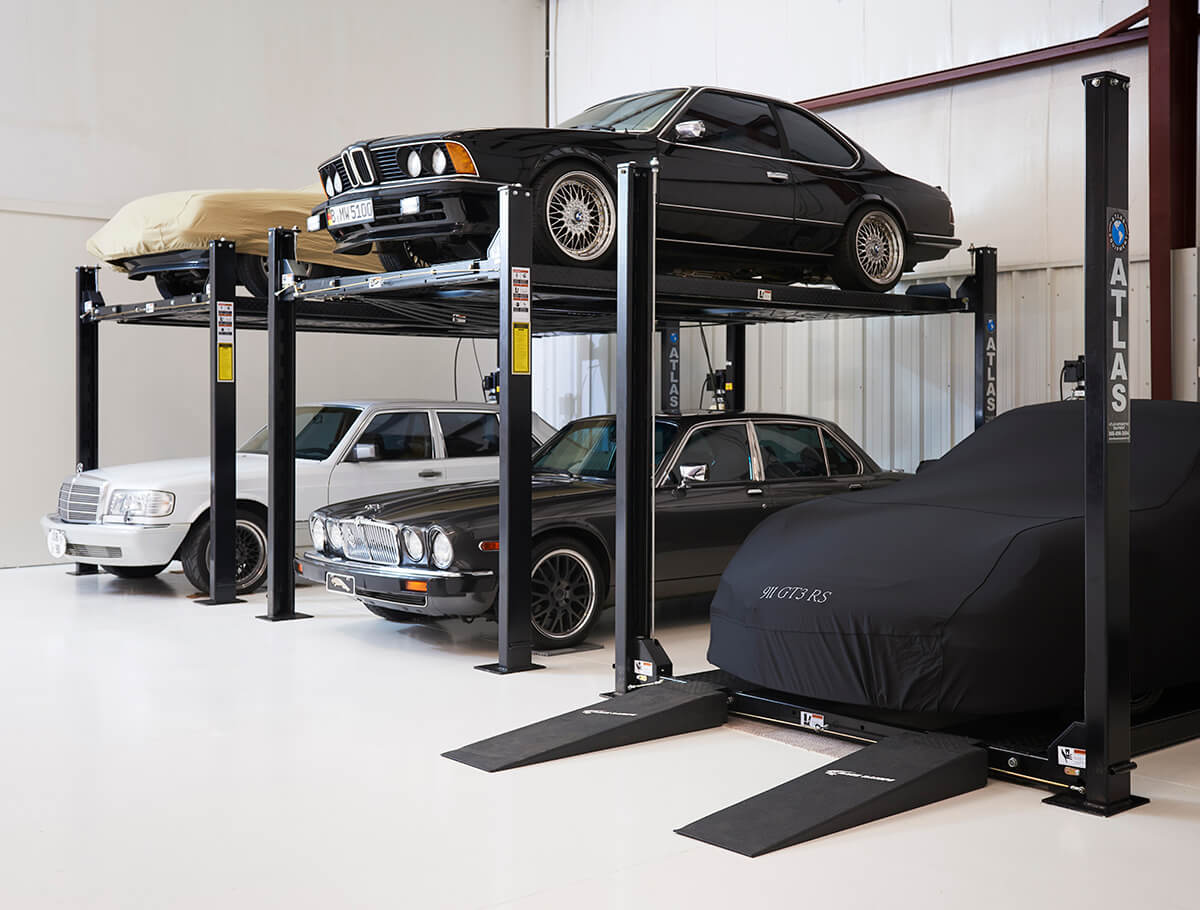
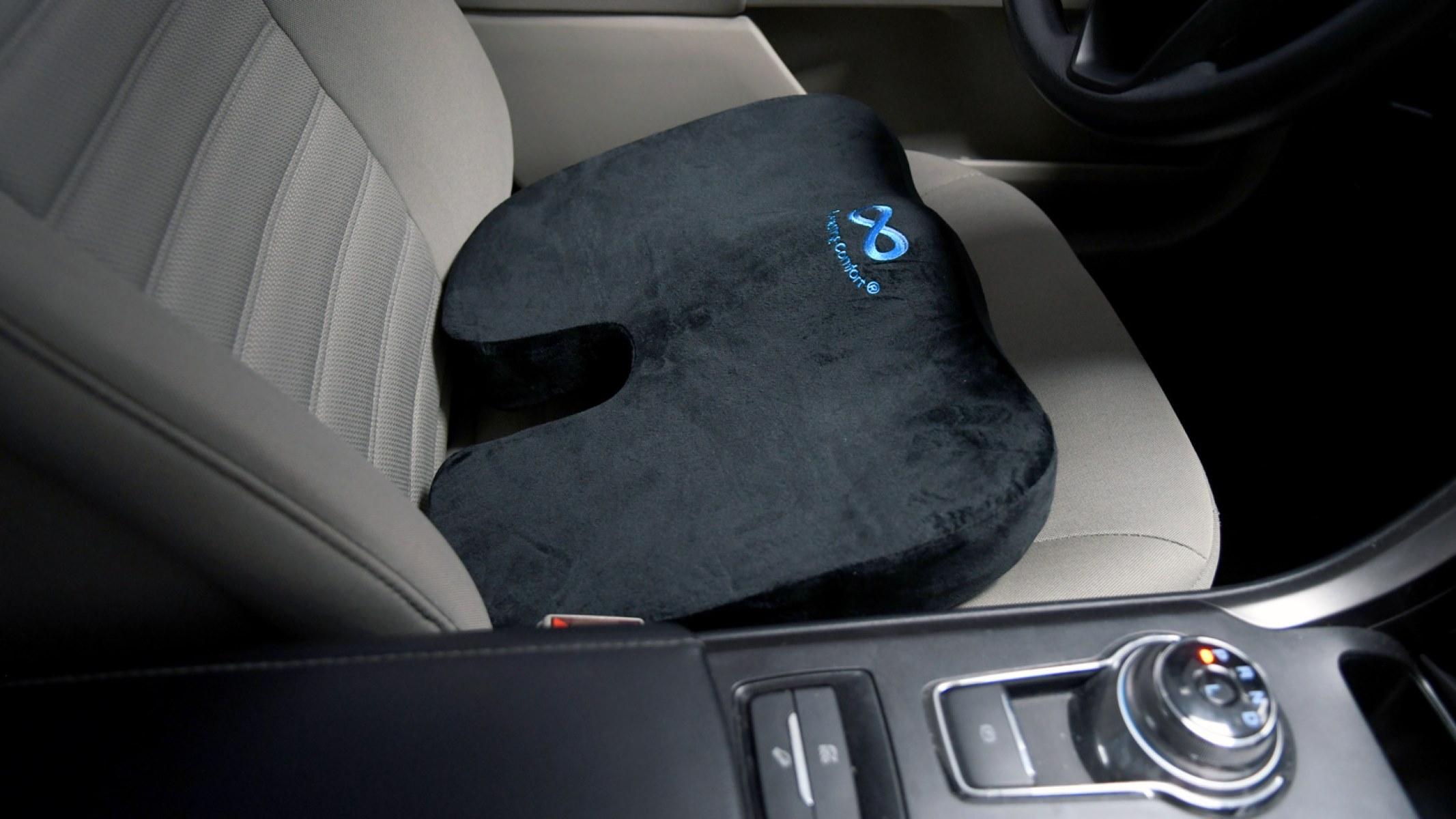


0 thoughts on “How To Store Car Seats”